Information Technology Reference
In-Depth Information
(i) Self-Reference
Self-reference enters the system through two channels: one, via
a priori
established “good” or “bad” signals (+) (-) that report the
consequences
of
an action; the other one via the loop (A) Æ (A+) Æ A or,
mutatis mutan-
dis
, via corresponding other loops that report the states of its own actions.
(ii) Experience
Experience enters the systems through two operations: one, which modifies
the synapses on the memory cells in cell complexes (A) (B) so as to inhibit
undesired or facilitate desired actions; the other one, which compares
past actions with its present consequences in comparators (A
+
) (A
-
)
(B
+
) (B
-
) and transmits the results (+) (-) to complexes (A) (B) for appro-
priate modifications.
I shall now show with respect to point (i) that self-reference is an ubiq-
uitous feature and is computed over and over again in neural organizations,
mostly by a resolution of paradoxes in representation, and not necessarily
by reference of
a priori
signals; and with respect to point (ii) that experi-
ence is gathered in a much more powerful and economic way by modify-
ing the function of the recursive loop A(t -D) Æ A
+
(t) Æ A(t
+
D)—t
indicating time and D cumulative synaptic delays—than by storing the
outcome of each particular action in a corresponding synaptic modification
of a memory cell.
Let me now develop these comments in somewhat more detail, by using
again minimal examples. First on self-reference:
Figure 4 shows two objects (a) white, and (b) black, whose images are
focused on the retinas of the two eyes of a binocular animal. Amongst many
other operations
18
that may be applied to these images by post-retinal
networks or at higher nuclei, I assume that there is one that computes a
relation which indicates that one thing is to the left of another thing. I sym-
bolize this relation by L(x,y), read “x is to the left of y”. The existence of
such anisotropic nets has been demonstrated, for instance in pigeons,
19
and
their functional and structural organization is well-established.
20
Since with respect to the animal object (a) is behind (b), the left eye Left-
computer reports L(b,a) while the right eye Left-computer reports an oppo-
site state of affairs, namely, L(a,b). This apparent paradox can be resolved
by a computer B(L
1
,L
r
) which realizes that the information L(b,a) is sup-
plied by the left eye, L
1
(subscript l = left), while L(a,b) is supplied by the
right eye L
r
(subscript r = right). With this observation the paradox dis-
appears, for the two apparently contradictory results are in fact obtained
from two distinct and locally separated sensory systems which by no neces-
sity should deliver the same picture of the outside world. However, it is sig-
nificant that a consistent picture of the outside world can be computed by
generating a new space, “depth”, in which the relation B(a,b)—read “a is

Search WWH ::

Custom Search